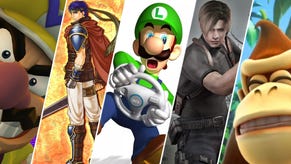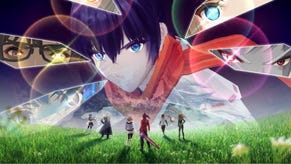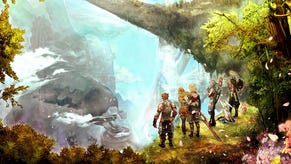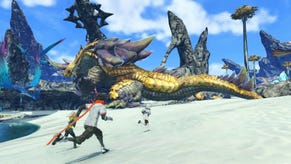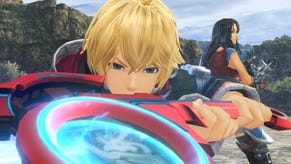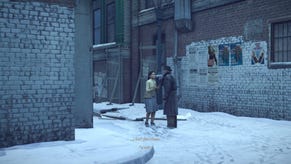Monolith Soft and Nintendo on Why Xenoblade Chronicles Was a "Turning Point" For the Studio, and for JRPGs
Monolith Soft and Nintendo reflect on bringing the first Xenoblade Chronicles to the Switch.
This article first appeared on USgamer, a partner publication of VG247. Some content, such as this article, has been migrated to VG247 for posterity after USgamer's closure - but it has not been edited or further vetted by the VG247 team.
Xenoblade Chronicles redefined Monolith Soft. The studio, known for the Xenosaga games of the 1990s and early 2000s, was in need of a win in the late 2000s. The studio's last entry in the Xeno series, Xenosaga Episode 3, was critically panned and had a lower sales debut compared to its series predecessors. Xenoblade Chronicles, a once Wii-exclusive action-JRPG that released in 2010 in Japan, turned out to be that win.
Xenoblade Chronicles was released in the United States two years after its Japanese launch. It almost never saw a western release though. Thanks to the fan campaign Operation Rainfall, fans threw their strong-bodied support behind encouraging localizations of Monolith Soft's Xenoblade Chronicles, Ganbarion's Pandora's Tower, and the Hironobu Sakaguchi-directed The Last Story. The campaign eventually captured the attention of Nintendo, and all three made their way overseas. For Monolith Soft Executive Director Tetsuya Takahashi, the game itself represents much more than just being the studio's big second break.
"Xenoblade Chronicles was a turning point for Monolith Soft, so I have very strong feelings about this title," says Takahashi, over email. "Working on it taught me the essential elements for creating a Japanese RPG. After 10 years, the experience gained from that project is alive with me and with Monolith Soft to this day."
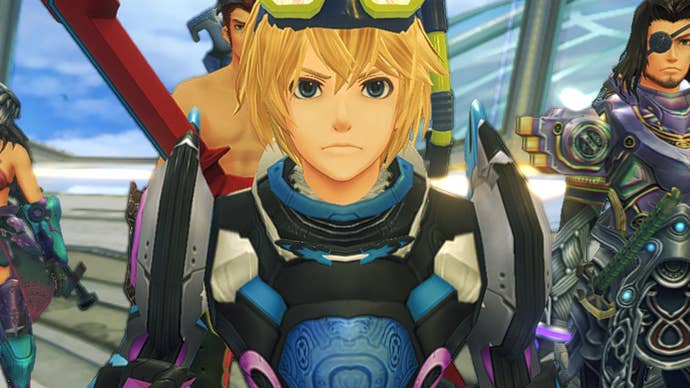
Truly Definitive
The end of May saw a new release for Xenoblade Chronicles: the Switch remaster, Xenoblade Chronicles: Definitive Edition. It is indeed a true definitive edition of the JRPG, unlike the muddied New Nintendo 3DS port from 2015. Playing Xenoblade Chronicles again on Switch, as I wrote in my review, was a delight. It streamlines the experience in more ways than one, clears up the confusing UI, and best of all, the character models look superb, even if the overall resolution leaves a lot to be desired.
Producer Shigekazu Yamada says Monolith Soft had a pretty good idea going in how to tackle the improved graphics. "Because we already had the rendering engine for Xenoblade Chronicles 2 and Torna - The Golden Country to use as a basis, we could immediately start creating new assets, and existing data was converted to HD using a semi-automatic conversion process. After that, artists added their particular touches to complete the quality upgrade."
There was a hiccup though: The code itself was outdated and had to be rewritten with a "modern mindset," according to Yamada. "The vast number of complex specifications of Xenoblade Chronicles made this work extremely challenging," Yamada explains. "Towards the end of the development phase, we kept finding specifications in the source code that not even the original staff members knew about or had since forgotten."
With this being in the second full-length JRPG Monolith Soft has brought to the Switch, or third if counting the DLC Torna - The Golden Country, the studio naturally learned some lessons in developing for the platform. "I think that supporting both handheld mode and TV mode in the UI and being able to add the recent usability changes (hint icons for navigating to destinations/for special Arts, etc.) were big," says Genki Yokota, co-producer at Nintendo. Meanwhile Takahashi says the studio's past experiences helped them develop the know-how to craft a JRPG with limited resources, and that, "allowed us to make quick and clear decisions on where to focus and where not to focus among these vast assets."
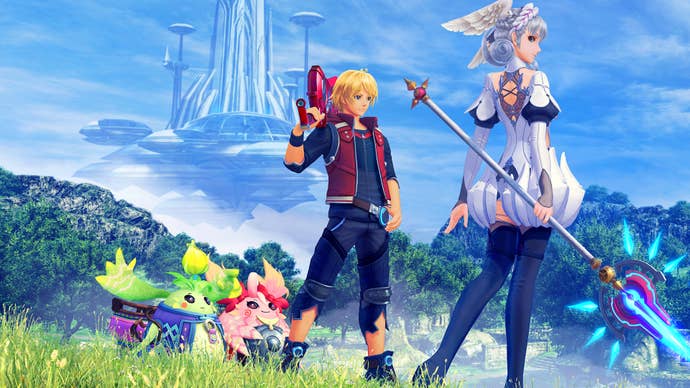
Building the Xenoblade Chronicles' New Epilogue
The Definitive Edition of Xenoblade Chronicles houses more than just the obvious quality of life fixes. There are smaller, accentuated details too. As Director Yuki Sakamoto of Nintendo explains, the work in updating Xenoblade Chronicles to HD was nothing compared to the brand-new elements developed for the game.
"We walked through all the fields and gave feedback on things we noticed, and adjusted each and every aspect. These changes may be hard to see, but they really make a difference in the overall satisfaction level when playing, so we made sure a lot of attention went into it," Sakamoto says. "Someone familiar with the original version may notice that grass or rocks have been added in unexpected places."
In perhaps the biggest new addition, Xenoblade Chronicles: Definitive Edition also houses a new standalone epilogue, entitled Future Connected. Set one year after the events of the main game, the epilogue follows Shulk, Melia, and two new Nopon characters, who are Riki's children, as they venture to a new area, the Bionis' Shoulder, in search of the High Entia city Alcamoth.
The Bionis' Shoulder may be new to players, but it's not new to the developers at Monolith Soft. In fact, the environment was originally a test map for checking "various movements and the feel of jumping and falling," according to Takahashi. Indeed, it's easy to see how it'd lend naturally to that, considering the puzzle-y nature of the environment where pathways twist and turn, and tall arcs and cliffs loom everywhere. Getting down to a certain dungeon, for instance, means having to snake through a secretive passageway. Simply trying to jump through the direct route and soak in the fall damage means immediate death. Visually too, the Bionis' Shoulder has the same forested aesthetic as the vast Bionis' Leg area in the main game.
"At that time we didn't have the bandwidth to create maps related to the Bionis, and so that test map was repurposed for a Bionis flashback scene," says Takahashi. "But it had the advantage of being really fun to move around in from a map level design perspective, and so we reused it for this additional story."
Xenoblade Chronicles: Definitive Edition, as I wrote in my review, is not just the best way to play the original Xenoblade Chronicles, but refines the original in such a way that it's easily the best Xenoblade Chronicles out there. Period. As for what's next for Monolith Soft, mum's the word and the studio has nothing new to announce at this time. For now, at least it's finally Reyn time on Switch.



